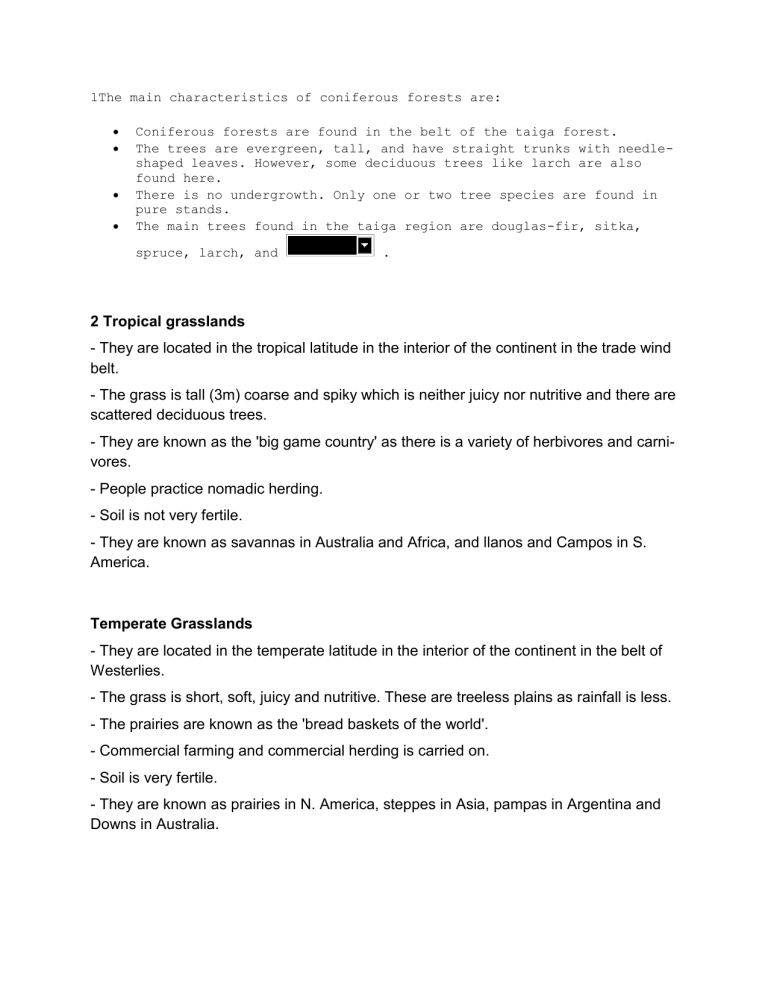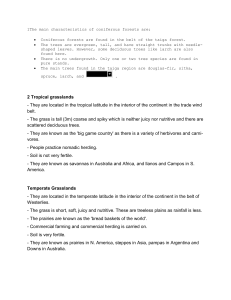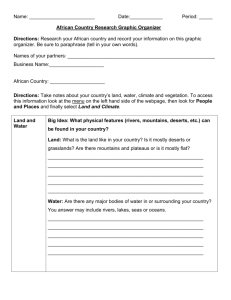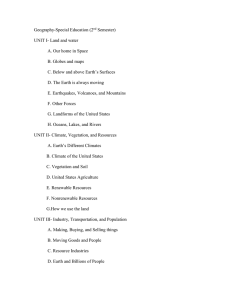
1The main characteristics of coniferous forests are: Coniferous forests are found in the belt of the taiga forest. The trees are evergreen, tall, and have straight trunks with needleshaped leaves. However, some deciduous trees like larch are also found here. There is no undergrowth. Only one or two tree species are found in pure stands. The main trees found in the taiga region are douglas-fir, sitka, spruce, larch, and . 2 Tropical grasslands - They are located in the tropical latitude in the interior of the continent in the trade wind belt. - The grass is tall (3m) coarse and spiky which is neither juicy nor nutritive and there are scattered deciduous trees. - They are known as the 'big game country' as there is a variety of herbivores and carnivores. - People practice nomadic herding. - Soil is not very fertile. - They are known as savannas in Australia and Africa, and llanos and Campos in S. America. Temperate Grasslands - They are located in the temperate latitude in the interior of the continent in the belt of Westerlies. - The grass is short, soft, juicy and nutritive. These are treeless plains as rainfall is less. - The prairies are known as the 'bread baskets of the world'. - Commercial farming and commercial herding is carried on. - Soil is very fertile. - They are known as prairies in N. America, steppes in Asia, pampas in Argentina and Downs in Australia. 3.) 4.) Natural vegetation - The vegetation which grows naturally without any human interference is called as natural vegetation Wildlife - Wildlife traditionally refers to non- domesticated animal species, but has come to include all plants, fungi and other organisms which grow or live wild in an area without being introduced by humans. Ecosystem - Ecosystem consists of all the plants, animals and microorganisms in an area, along with all the non-living components, such as climate, soil, river , deltas. Taiga - The vegetation composed primarily of cone-bearing, needle-leaved, or scale-leaved evergreen trees, found in regions that have long winters and moderate to high annual precipitation is called taiga. Deforestation - The cutting down of trees/ forests and using the land for other purposes is called deforestation. 5.) Natural Vegetation in hot deserts: • Hot deserts have thick, spongy stems, long roots, was coated leaves, thorns, etc. • For example, Cactus, thorny, bushes are the main type of vegetation found in hot deserts • Palm trees can be found in Oasis regions. Natural Vegetation in cold deserts: • Very less vegetation found in cold deserts because tress don't grow below 10°C temperatures. • For example, Lichens, Mosses, shrubs are found in cold deserts. • Cold deserts are not support for natural vegetation. 6.) 7.) Natural vegetation is an important natural resource. It provides us with wood, which may be used either as timber or firewood. It also provides a natural habitat for animals. It It It It oxygen produces essential for life. protects soil from leaching. helps to store water underground. provides a large variety of products from trees.





